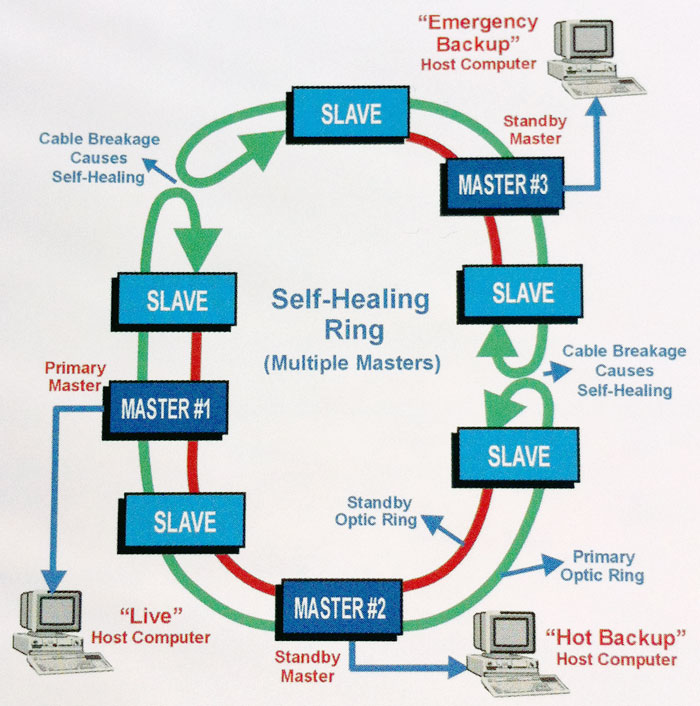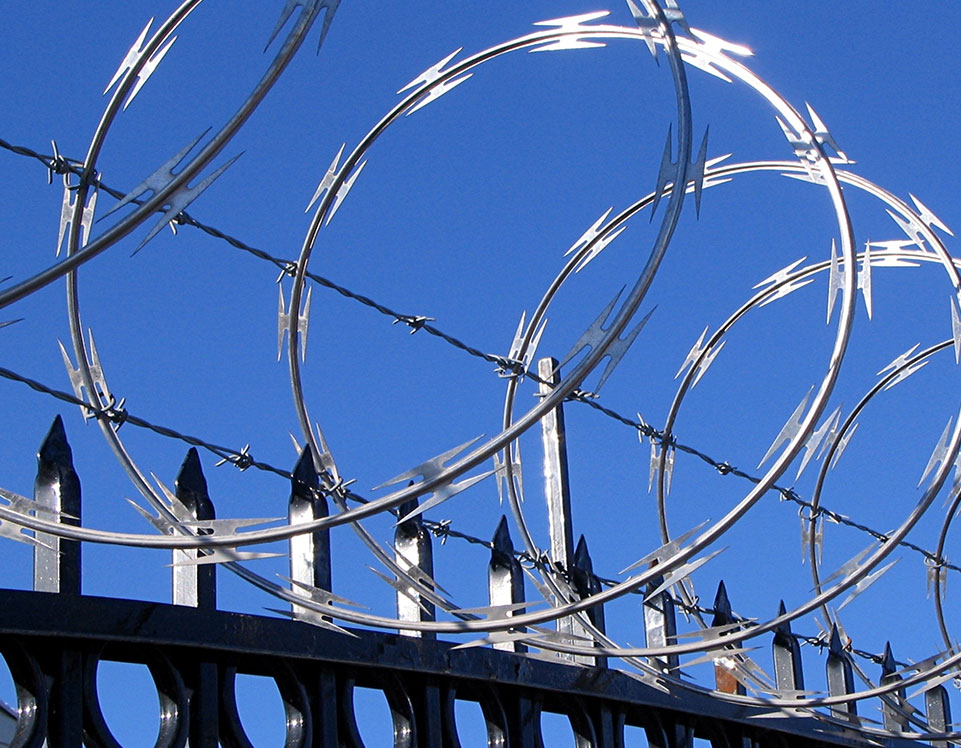Key Features of Fiber Optics Infrastructure for Security Installations You Need to Know
Secure Your Home With Dependable Fiber Optic Security Solutions
In an age where safety and security hazards are progressively innovative, the demand for reliable security remedies is vital. Fiber optic protection systems attract attention by using remarkable dependability and efficiency, leveraging advanced light transmission innovation to enhance monitoring capacities. These systems not only supply resistance to electromagnetic disturbance yet also guarantee lasting cost efficiency via lowered maintenance demands. Nonetheless, the choice to buy such a solution includes cautious factor to consider of numerous factors. Comprehending the ins and outs of fiber optic protection can light up the course to safeguarding your building a lot more effectively. What elements should be checked out to optimize your investment?
Advantages of Fiber Optic Protection
Fiber optic safety services provide a range of benefits that make them progressively important in today's electronic landscape. Among the most considerable advantages is their exceptional data transfer capability, which permits the transmission of huge quantities of information over fars away without substantial signal deterioration. This capability is especially helpful for safety and security systems that count on high-def video monitoring and real-time tracking.
Furthermore, fiber optic wires are inherently more safe than standard copper circuitry. They are immune to electro-magnetic interference, making them less at risk to hacking or eavesdropping. This improved safety and security is vital for protecting sensitive information and maintaining the stability of monitoring systems.
Additionally, optical fiber are more long lasting and immune to environmental factors, such as moisture and temperature changes, ensuring long-lasting dependability and decreased upkeep costs. The lightweight nature of fiber optic wires also simplifies setup processes, enabling for higher adaptability in system layout.
Exactly How Fiber Optic Solution Work
In modern security applications, the procedure of fiber optic systems counts on the principles of light transmission through adaptable glass or plastic fibers. These fibers are made to lug light signals over cross countries with minimal loss, making them perfect for transmitting information connected to protection monitoring. The core of the fiber, bordered by a cladding product, makes sure that light signals stay contained within the core with a sensation understood as total inner representation.
When integrated into safety and security systems, fiber optic cable televisions can transmit information from different sensors, such as electronic cameras, motion detectors, and alarms, to a main tracking station. The high bandwidth ability of optical fiber permits the transmission of large quantities of data at the same time, making it possible for real-time monitoring and timely response to possible risks.

Types of Fiber Optic Protection Solutions
Different sorts of fiber optic safety services have emerged to boost monitoring and security throughout various environments. One famous service is fiber optic perimeter intrusion discovery systems (PIDS), created to keep track of and safeguard property borders with the detection of resonances and disruptions along fiber optic cables. These systems offer real-time informs, allowing prompt responses to unauthorized gain access to attempts.
Another effective remedy is fiber optic video security. This innovation leverages high-def cams attached via fiber optic cable televisions to send video clip data over cross countries without significant loss of high quality. This configuration is particularly beneficial in extensive locations, such as airport terminals and industrial sites, where traditional copper cords might fail.
In addition, fiber optic sensors are increasingly utilized for ecological tracking, detecting changes in temperature, pressure, or acoustic signals that can indicate security violations or harmful problems. These sensing units provide high sensitivity and precision, making them perfect for crucial infrastructure defense.

Setup and Maintenance Tips
Effective installation and maintenance of fiber optic safety services are critical for guaranteeing their ideal performance and long life. To start with, it is vital to prepare the setup thoroughly, thinking about the design of the home and identifying potential susceptabilities. have a peek here Fiber optic cables should be transmitted safely, staying clear of sharp bends or twists that could jeopardize their integrity. Make use of professional-grade connectors and enclosures to ensure durable links and protection from environmental variables.
Throughout setup, it is a good idea to perform complete testing of the system to validate that all parts are working appropriately. Normal upkeep checks must be set up to inspect the fiber optic cords for any kind of indications of wear or damage, as well as to make certain that links stay secure. Cleaning up the ports occasionally is also crucial to stop signal loss as a result of dirt or debris.
Furthermore, maintaining an upgraded supply of installed components and their requirements can help with less complicated troubleshooting and upgrades. By sticking to these installation and upkeep suggestions, homeowner can make the most of the effectiveness of their fiber optic protection options, guaranteeing a dependable protection against prospective hazards.
Contrasting Expenses and Performance
When assessing fiber optic security solutions, understanding the balance in between costs and performance becomes critical (security fibers). Organizations has to consider the in advance investment, continuous upkeep expenditures, and the long-term value these systems offer. While fiber optic systems might require a higher preliminary installation expense compared to standard copper circuitry, their sturdiness and decreased vulnerability to electro-magnetic interference often convert to lower upkeep costs over time
Effectiveness is one more critical element; fiber optic safety and security systems supply enhanced data transmission speeds and boosted integrity. They can cover larger distances without signal degradation, making them ideal for expansive buildings or remote areas. Moreover, the high data transfer capability supports sophisticated protection applications, such as high-definition video security and real-time surveillance, which are necessary for detailed safety monitoring.
Eventually, the selection in between price and efficiency ought to be led by certain security requirements and risk analyses. Organizations needs to assess their special requirements, considering elements like building dimension, safety and security threats, and technological advancements. By performing a complete discover here cost-benefit analysis, stakeholders can make informed choices that align with their security purposes while ensuring an audio financial investment in fiber optic technology.
Verdict
In final thought, fiber optic security options offer considerable advantages in terms of efficiency, integrity, and resistance to environmental interferences. Inevitably, the adoption of fiber optic technology represents a forward-thinking technique to safeguarding homes against advancing safety and security threats.